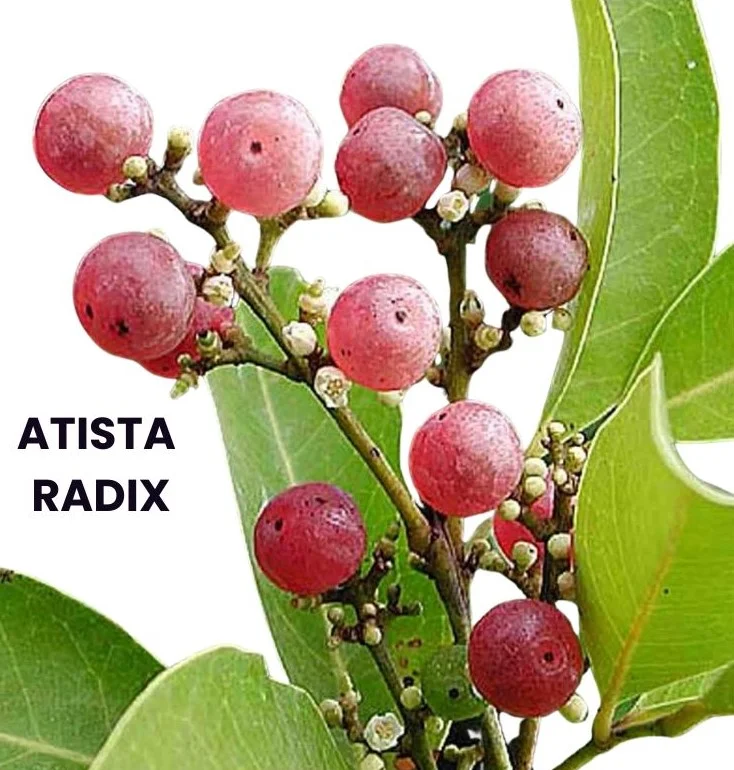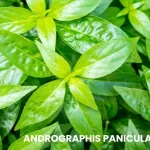Atista radix, also known as the root of Ash-sheora, is a medicinal herb derived from the Rutaceae family.
It is renowned for its therapeutic properties in treating conditions such as dysentery and worm complaints.
The root of Ash-sheora has been historically used in traditional medicine systems for its potent effects on gastrointestinal health.

SOURCE INFORMATION
Scientific Classification
- Kingdom: Plantae
- Family: Rutaceae
- Genus: Atista
- Species: Atista radix
Origin
- Atista radix is native to regions where the Rutaceae family thrives, typically found in tropical and subtropical climates.
Interesting Facts
- The root of Ash-sheora, also known as Bannimbu or Vanamenibuka, has been valued for centuries for its efficacy in treating dysentery and worm complaints.
- It holds significance in traditional medicine practices across various cultures due to its remarkable therapeutic effects.
DRUG PATHOGENESIS
- Atista radix exerts its medicinal effects primarily on the gastrointestinal system.
- It contains bioactive compounds that exhibit anti-inflammatory, antimicrobial, and antispasmodic properties, making it effective against dysentery and worm infestations.
KEY CHARACTERISTICS
Stool Symptoms
- Atista radix is particularly potent in treating dysentery, characterized by the passage of blood along with intense naval pain.
- It is effective against both amoebic and bacillary dysentery.
- Additionally, it is used for addressing worm complaints, flatulence, and biliary colic.
Gastrointestinal Symptoms
- Intense naval pain accompanies dysentery.
- The herb is effective in treating flatulence and biliary colic, providing relief from associated discomfort.
MODALITIES
- The symptoms of dysentery and worm complaints typically worsen in autumn, indicating a seasonal component to their manifestation.
POTENCY OF CHOICE
- Mother tincture, 3x, 12, and 30 are commonly used potencies for Atista radix.
Frequently Asked Questions
What are the clinical applications of Atista radix?
- Atista radix is commonly used for treating dysentery, including both amoebic and bacillary forms, as well as worm complaints, flatulence, and biliary colic.
What is the potency of choice for Atista radix?
- The potency of choice includes mother tincture, 3x, 12, and 30, depending on the individual’s symptoms and response to treatment.
What are the key characteristics of dysentery treated by Atista radix?
- Dysentery symptoms include the passage of blood in stool accompanied by intense naval pain, which is effectively addressed by Atista radix.
Meaning of Difficult Words
- Dysentery: An inflammatory disorder of the intestine, especially of the colon, that results in severe diarrhea containing blood and mucus.
- Antispasmodic: Having the ability to relieve or prevent muscle spasms, particularly in the gastrointestinal tract.
- Biliary colic: Pain caused by gallstones obstructing the bile ducts.













Leave a Reply